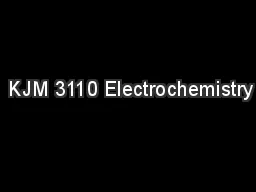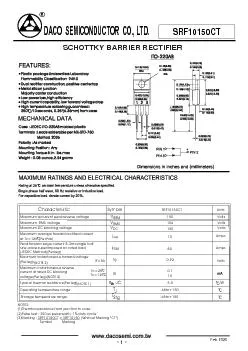PPT-PHYS389 : Semiconductor Applications
Author : SimplySweet | Published Date : 2022-08-03
L14 Lecture 14 Radiation detectors III Germanium detectors Interactions in surroundings Graded shielding Linear Attenuation Coefficients Buildup factor Spectrum
Presentation Embed Code
Download Presentation
Download Presentation The PPT/PDF document "PHYS389 : Semiconductor Applications" is the property of its rightful owner. Permission is granted to download and print the materials on this website for personal, non-commercial use only, and to display it on your personal computer provided you do not modify the materials and that you retain all copyright notices contained in the materials. By downloading content from our website, you accept the terms of this agreement.
PHYS389 : Semiconductor Applications: Transcript
Download Rules Of Document
"PHYS389 : Semiconductor Applications"The content belongs to its owner. You may download and print it for personal use, without modification, and keep all copyright notices. By downloading, you agree to these terms.
Related Documents








